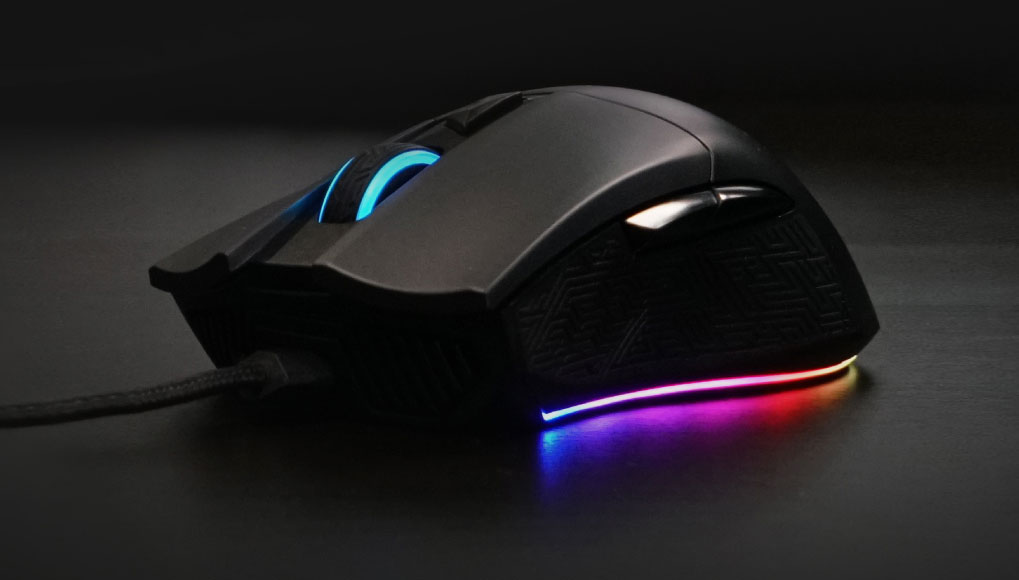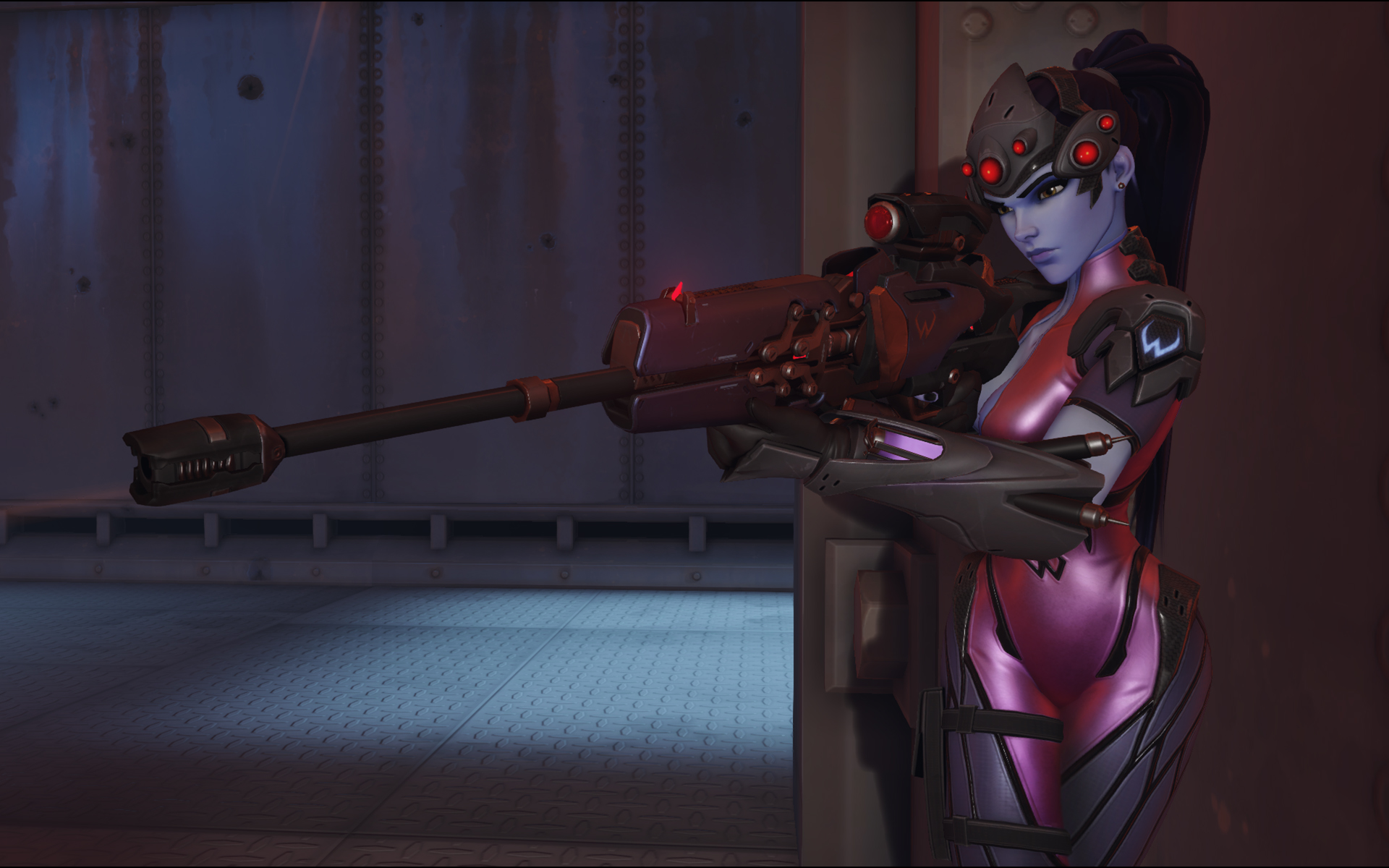What mouse DPI do I really need for FPS gaming?
Gaming mice have astronomical DPI numbers these days, but how much do you really need?

These days, the best gaming mice come packed with so many buttons and features that shopping for a new one can be overwhelming. Things like ergonomics, button placement, and even RGB lighting all need to be considered. There's also the matter of mouse DPI, a feature that is often prominently displayed on packaging and in product listings. But you might find yourself still wondering: what DPI do I really need?
DPI stands for "dots per linear inch" and is a measure of how many pixels the cursor moves per inch the actual mouse moves. Other names for the mouse DPI are "counts per inch" (CPI) and "mickeys per second," the latter of which is an older term that isn't used much anymore. No matter what it's called, though, they all boil down to one thing: mouse sensitivity.

Looking for a new gaming mouse? Check out our guide to the best.
The question of what mouse DPI to use is a common one, and there is no shortage of forum posts dedicated to learning what the optimal number is for gaming, particularly in popular first-person shooters like Counter-Strike and Overwatch. Looking at mouse marketing, you'd be led to believe that a higher number is better by default. Just look at the product page for Razer's DeathAdder Elite; 16,000 DPI is an enormous number, but without context it's just jargon.
Let's start with some basics: higher mouse DPI means that the cursor will move further with less physical movement from your hands. The opposite is true with lower DPI numbers—it takes considerably more effort to move the cursor across the screen at 100 DPI than at 1000 DPI. In terms of FPS games, your character will turn slower at low DPI numbers and faster at high DPI numbers.
So what DPI is best? On paper it sounds like players with higher DPI numbers would be at an advantage, but that's not always necessarily the case. High DPI is great for character movement, but an extra sensitive cursor makes precise aiming difficult. If we use Overwatch as an example, a character with lots of movement options like Lucio would benefit from high DPI. Wall riding and making tight turns is an important part of playing him, so cranking up the sensitivity makes sense. On the other hand, a sniper character like Widowmaker requires steady and careful aim. Low DPI allows for more vigorous mousing in this case, making it harder to accidentally move your reticle off of your target.

Because of the different roles required by many FPS games, there is no one "correct" DPI number. It all comes down to feel. Things are muddied further by the fact that most games include their own sensitivity slider, meaning that you'll have to juggle two different numbers to find what works best for you. A common benchmark used by many players is the "360 test," where you measure the distance the mouse must travel for your in-game character to do a full 360 degree turn. This can provide a baseline DPI number for you to start with, followed by experimenting with in-game sensitivity numbers. There are some handy online calculators that can smooth this process.
Another way to find the best DPI for you is to emulate the pros. On-Winning.com is a database that gathers the settings that pro gamers use across several games, including Overwatch. Looking at the list reveals a lot of interesting DPI information, namely that most Overwatch pros fall between 800 and 1600 DPI. There are a few outliers, like Muma from the Houston Outlaws at 2000 DPI and the San Francisco Shock's iddqd at 400 DPI, but most fall into that range. Where we see the most variance is in the in-game sensitivity settings. To compensate for his low DPI, iddqd has his sensitivity set at 7, while Muma paired his 2000 DPI with a 4.3 sensitivity.
Keep up to date with the most important stories and the best deals, as picked by the PC Gamer team.
All these numbers are nice, but they can't stand up to the ultimate test: actually trying them out yourself. Because there's no one-size-fits-all when it comes to DPI, it will require a bit of experimenting to find what feels best. DPI is certainly an important number to consider when shopping for a new gaming mouse, but technology has advanced far enough that you don't need to spend a lot of money on DPI alone. These days, even budget mice are capable of pro-level DPI, and many even have dedicated buttons to change your numbers on the fly. While it's true that there's some clever marketing revolving around DPI, and there aren't any pros that use 16,000 DPI, it's nice to have the option.

